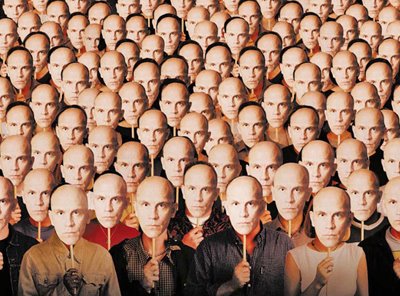Whatever type of event you produce – from press launches to festivals – crowd management is always a significant and important area of focus.
Understanding what crowds are doing and where they are going is not only important from a health and safety point of view but it can also help show where revenue opportunities exist in terms of merchandise positioning and directing people to concession stands.
Crowd intelligence information also helps those managing the event to identify troublemakers or destructive behaviour early and take appropriate steps before a situation escalates.
With the latest tools and technologies a range of data can be made available to assist with aspects such as:
Crowd Movement – monitoring not just overall crowd movement but also any significant behaviour traits can help those operating events to identify potential issues before they become an issue. Is the crowd becoming too dense? Has a specific part of the venue reached capacity? This may suggest that ingress points to the area may need to be diverted or that entertainment may need to be stopped whilst the issue is addressed.
Crowd Dwell Time – identifying areas where crowds naturally dwell could identify areas for concession stands or activations, however, it can also identify potential issues with flow if people are dwelling in inappropriate areas.

Watching crowds for any unusual behaviour
Crowd Flow – confirming crowd movement on arrival to a venue may dictate how the event is laid out. Perhaps more signage could be used (or improve what exists) or if things are working as designed perhaps the spaces which receive most flow could be identified for a premium concession charge.
Common Behaviour – identifying behaviour such as pushing or rapid movement can assist in identify troublemakers within the crowd. These can then be quickly managed by local security teams before the situation escalates.
Specific Threats – systems can be configured to monitor for specific issues such as flares or bright lights, mosh pits, etc. These are quickly highlighted to the remote operator who can then dispatch security teams to deal with the situation.


